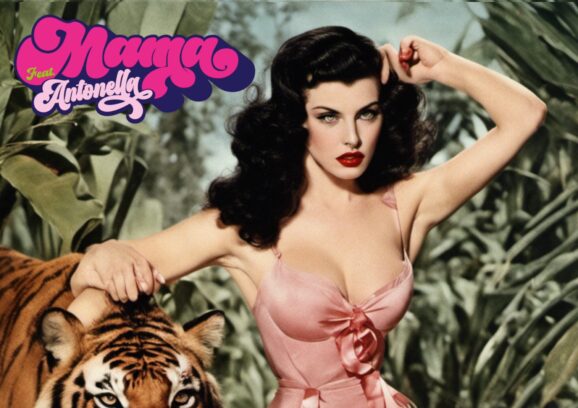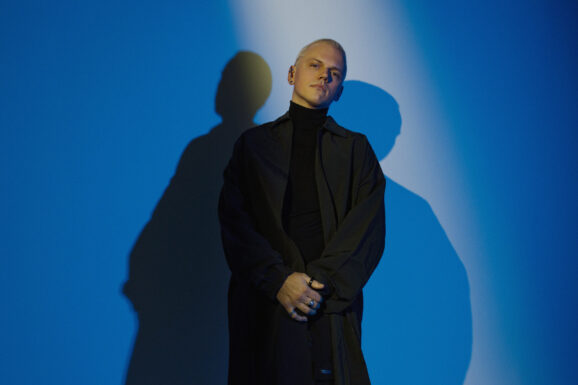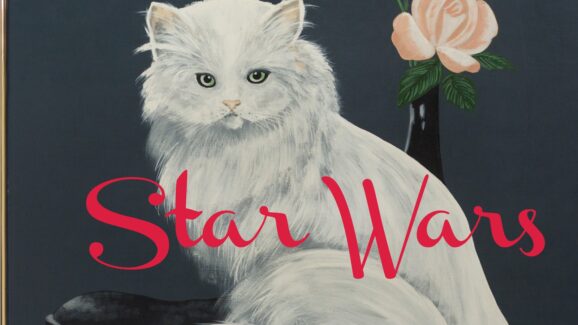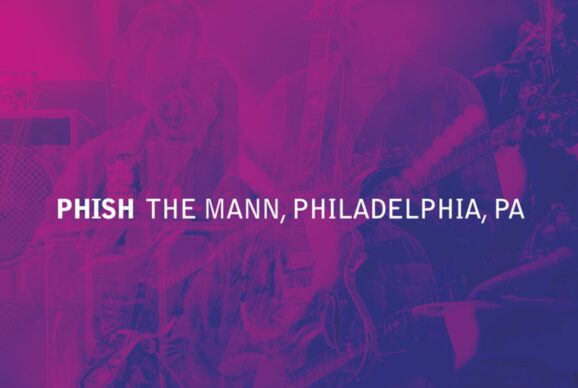For anyone who knows anything about the jam band scene, the 90s was arguably the golden era. Pioneers like the Grateful Dead and the Allman Brothers were bigger than ever, even if their band members weren’t in the greatest of shape, while the mid-80s and early 90s gave rise to a new wave of grassroots improvisational rock bands from coast to coast. The biggest of these was, of course, a little band from Vermont called Phish, but there were also a handful of bands like the Spin Doctors, Blues Traveler, and Dave Matthews Band who actually scored radio hits, and Southern favorites like Widespread Panic that also contributed to a growing counterculture that transcended the classic Deadhead scene. Somewhere along the way, these acts and many more were stamped with the “jam band” label, and it stuck enough to find its way into our cultural lexicon.
Besides the explosive rise of acts like Phish, Widespread Panic, String Cheese Incident, and moe., to name a few, what is perhaps most interesting is how much of what started in the ’90s jam band scene paved the way and laid the foundation for where we are today. This included the modern model for music festivals (started by Phish and the HORDE tour), the symbiosis of dance music and rock (soon to be labeled as transfusion and jamtronica), and a new style of cultishness around bands and their scenes that allowed for fans to bop around between many different bands (as opposed to only being Deadheads) while finding commonalities. All of those influential factors only really scratch the surface of this era’s impact on music, and one can make a strong argument that the entire live music landscape of today would be different had this fruitful time period never happened.
Mike Ayers was there for much of the action, first as a curious young fan, then as a member of the Phish team, and eventually as a writer covering the scene. These collective experiences drove him to write the new book Sharing in the Groove (The Untold Story of the ’90s Jam Band Explosion and the Scene That Followed), which is due out July 22nd on St. Martin’s Press (ORDER). Instead of writing the history of this time period in his own words, Ayers opted to take a sort of written documentary approach where he interviewed tons of musicians, big and small, to get their take on the 90s scene. He compiled those interviews into a fun and compelling narrative that places you on the dance floor, in the concert field, and behind the scenes at now-legendary moments like Phish’s Clifford Ball and Big Cypress festivals, the first ever Bonnaroo, and New York City’s Wetlands Preserve, among other major moments. For jam band fans, this book is perhaps the most thorough and definitive document chronicling a treasured time.
Recently, Ayers took the time to chat about the fruition and process behind the book, talking to some of his heroes, his own personal jam band journey and his love of Phish, the state of the scene today, and more.
What do you think distinguishes the 90s from, say, the early aughts, which in many ways felt like a continuation of the scene?
I talk about it at the end of the book — basically, the major label world was falling out of love with the jam band scene. Bands in the scene had to double down on making it with a live show and touring — and they did.
You’ve seen well over 100 Phish shows and you were there for some key years. What is your personal favorite show and why does it stand out for you both in a personal sense and a musical sense?
That’s a tough one, but I’d say 12/30/97 at Madison Square Garden. The band was firing on all cylinders at that point, and the setlist is a dream. Anytime you get a “Harpua,” you win. The other choice would be 10/31/95 in Chicago. After the band did the White Album in ’94, there was SUCH a buzz about this show, leading up to it. Quadrophenia was a fantastic choice, but the 45-minute You Enjoy Myself was instantly legendary. Also – “Harpua!”
I was reading that you actually worked for the Phish organization. Can talk about how this all happened, what kind of work you were doing, and maybe what the scene was like back then? Also, and particularly funny or crazy stories you remember from those times?
It was a wild experience — for a time, Phish used to ask kids in the parking lot randomly if they would want to help prep cook in exchange for tickets. Somehow, that landed on me on 10/27/95 in Kalamazoo, Michigan. It was like Almost Famous before Almost Famous came out. I scrubbed potatoes, stocked coolers, prepped stuff for the bus rides after the show, and washed a TON of dishes. I worked incredibly hard and felt every minute was my good fortune. I think they stopped doing this after Fall ’95, but I ended up doing this for a few years, when time permitted!
How did you decide that Blues Traveler and God Street Wine were good starting points for this story?
Princeton seemed to be a starting point, in that BT, GSW, Trey Anastasio (and Tom Marshall) from Phish were all there, running around, learning how to play, and being kids with a dream. It seemed like when they moved on to NYC and Burlington, Princeton had laid the groundwork.
Talk about your interview methodology. How long did it take you to do all of these interviews?
A couple of years. Everyone was excited to talk about this era, because, I believe, it was so formative. At the time, it was so fast-paced, and they were living it…but after years and years go by, it’s fun to reflect on. And they believed in the scene, and still do so today.
What made you decide to present this almost documentary-style oral history as opposed to writing a more straightforward history?
I love oral histories! Please Kill Me, Meet Me in the Bathroom…they gave readers an eye into what was actually going on in those musical worlds. Those were inspiring, and I think people who love the jam scene would love to hear it straight from the folks who lived it, versus reading something written through.
How did you personally get into jam bands, and what are some of your favorites?
Like a lot of folks, I started with the Dead in the early 90s. I went to my first Dead show at the Cap Center in Maryland on 3/18/93. It was incredibly hard to get tickets to the Dead back then, and I think I found some through friends of friends who had extras. From there, I branched out into Phish. I remember buying Hoist when it first came out because I had read about them in Relix. Relix was the bible. I got my first tapes from a classified ad in the back of Relix. I saw my first Phish show on 10/8/94 at the Patriot Center in Fairfax, VA and I was sold. I was pretty much like “OK this band is for us, for our generation.” I really love Medeski Martin & Wood, and would see them as much as possible from 96 – 200. I saw a bunch of early String Cheese Incident shows, and a lot of Panic too. Honestly, I was a jam omnivore.
Did you intentionally not start with Phish in the book and how did you map out the sort of narrative timeline for the scene?
I think there were key points in these artists’ careers that I wanted to focus on: Their early paths in their scenes, getting signed to a label, DIY methods, blowing up (or not), radio pressures, and creating fandom and community. Each artist had different experiences with that, and different results…but it was all a part of a world they created that spread big time, across the country.
Why do you think HORDE was such a pivotal moment for jam band visibility?
The first HORDE was only 8 shows, but it proved to promoters that bands in this scene could fill big spots. That was a huge turning point. Weirdly, it was proof and validation that an audience was there and brewing. But a band like Phish was already on their way to amphitheaters. HORDE or not, they were going to be filling those outdoor sheds and arenas.
Was there any fact or insight you discovered during your process that blew your mind or caught you by surprise?
I loved hearing about the creative process from everyone… everyone involved in the scene cared deeply about creating and it all started from a very DIY mentality. That’s a great thing.
How do you think the jam band scene of today compares to the scenes and era you chronicle in the book? What are some major differences and how has it evolved, if at all?
The scene these days is thriving, big time. Goose, Billy Strings, Molly Tuttle, Mikaela Davis, Taper’s Choice, Eggy, Daniel Donato, Kitchen Dwellers, Dogs in a Pile…the list goes on. People are creating their own original tunes, with nods to the past, but pushing things forward. It’s amazing. And they don’t need to sweat a label as much at all anymore. They are savvy about how to find an audience and can play live. At the end of the day, can you play live and do people keep coming back? The bands in this book from the 90s could – and these newer acts can too. It’s awesome.











